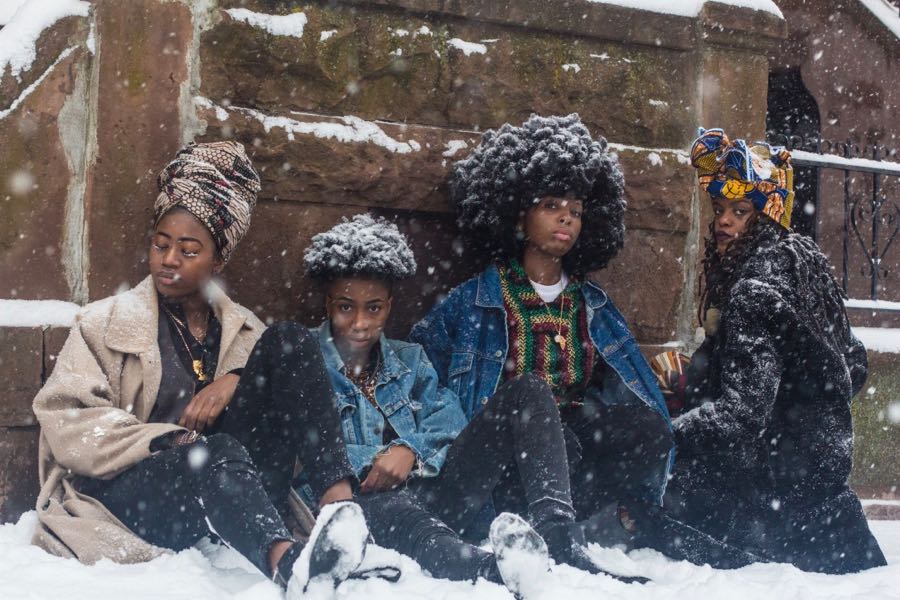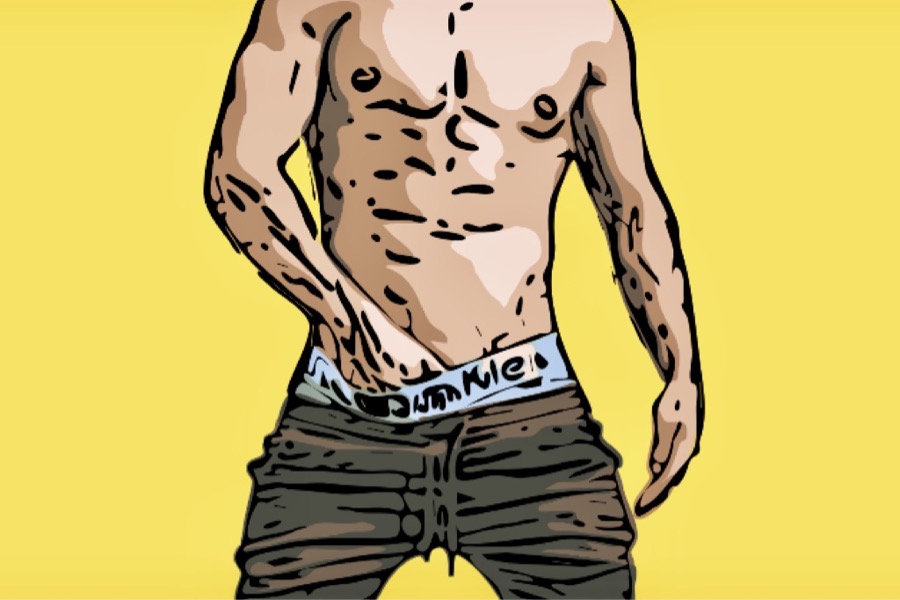Does really homo-transphobia in Africa have roots in that continent? Is it possible to overcome it? Mikael Owunna, a Nigerian-Swedish (and at this point American) photographer is working on a documentary that brings to light the story of many LGBTQ Africans emigrated to the West. Limit(less) – this is the title of the project – tells their story of mass-migration, caused from belonging to a sexual minority, which is often their only “fault”. Through their styles and their queer African lives, they fill the gap that somebody wants us to believe is between being gay and being African. Limit(less) wants to understand that being queer is not “un-African”, that it is possible to be African, gay, lesbian or transgender all at the same time.
Owunna also explains how homophobia has been introduced by the colonizers of the rich land of the black continent, and tells us a curious and unbelievable story of the queen of Ndongo and Matamba -the current Angola- who lived between 1500 and 1600. One thing it is certain: most laws that make homosexuality illegal in African and South Asian are of colonial origin [The Washington Post]. In this interview, Mikael Owunna tells us about himself, Limit(less) and of his future projects.

Tell us something about yourself and where you are from.
My name is Mikael Owunna and I am Nigerian-Swedish and grew up in the US. I am also a queer and a photographer. I work to elevate the voices of marginalized communities in my work. With each click of my camera, I strive to envision what a free world can look like for those marginalized by society.
What is Limit(less) and why did you decide to undertake this project?
Limit(less) is a documentary project on LGBTQ African immigrants. Through the project I use queer African style to debunk the myth that it is “un-African” to be LGBTQ. I started this project coming out of my own experiences as someone who is queer and Nigerian. For many years I struggled deeply with these identities, and then I saw the amazing work of Zanele Muholi on black lesbians in South Africa. It inspired me to start this project and connect the dots to my own experiences in diaspora.

Why do you think some people claim that being gay is un-African?
This is due to European colonialism. There are dozens of examples of precolonial African societies and our rich, multifaceted understandings of gender and sexuality. One famous example is of Nzinga of Ndongo. She was a female ruler in modern day Angola and led a 40-year war of resistance against Portuguese encroachment on her domain. Interestingly though, her title in her language was “ngola”, though, which means king. And she ruled dressed in all male clothing with a harem of young men- dressed as women – who were her wives. So, in 1600s Africa you basically had a butch queen with a harem of drag queens leading a war of resistance against European colonialism- how amazing is that!
It shows that Africans have always been at the forefront of understandings of gender and sexuality and this recent homophobia and transphobia is what’s new – brought to us by European colonizers that criminalized homosexual acts and more.
Why did you choose photography: it seems it would be the hardest media giving the subject and that many people wouldn’t want to be outed.
It is definitely challenging given security concerns! But since I’m shooting people in diaspora primarily in the US, Canada and Europe, we have levels of protection and safety that many people on the continent do not have. I chose photography because that is my primary artistic medium and has been for the last 8 years.

What would you like to communicate with Limit(less)? What motivates you?
That it is possible for someone to be LGBTQ, African and whole and love all of who we are, in spite of a world that tries to deny us. I am motivated to know what freedom and self-love look like for other people. I work to capture that with my camera and learn a bit more about how I can love myself in the process.
Was it difficult to find people for this project? Did you encounter skepticism or obstacles from either the participants or anyone else?
At the beginning, it was hard because I only knew 2 other LGBTQ African people, and so social media was really important for my outreach. People were surprisingly open to chat about their experiences but only a subset of those people were open to being shot publicly. Now that I’ve started, it’s becoming easier but whenever I try to expand the geographic scope to another country, I effectively have to start from scratch again.

Are you planning on carrying on this project in another countries outside the US, and what motivates you?
Definitely! I have already shot in 4 countries- US, Canada, Sweden and Trinidad & Tobago – and will be expanding the project across Europe in the fall. I will be shooting in at least 5 countries – Belgium, France, Portugal, the UK and Sweden – and potentially in more too. I’m excited to more extensively explore the narratives of LGBTQ African immigrant and refugees from the European part of the diaspora.
Mikael Owunna, opened a fundraising campaign to help him reach Europe and work on his project. For those who want to support it, just click on the official website of Limit(less).
Ginevra
with Barbara Burgio
©2017 Il Grande Colibrì




